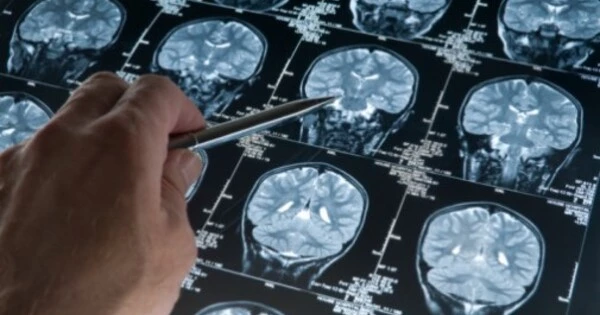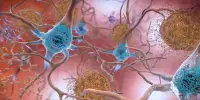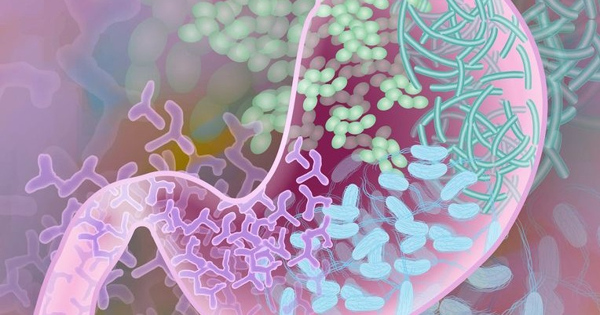As our capacity to physically access these regions is currently limited, studying rivers beyond Earth requires a combination of remote sensing and data processing. Several space missions, on the other hand, have yielded important insights into the geological properties of other celestial planets.
Neuroscientists investigated the effects of a new technique known as transcranial ultrasound stimulation (TUS) and discovered that targeted treatments using it can cause significant changes in GABA (gamma-aminobutyric acid) concentration within the brain’s posterior cingulate cortex in the hour following ultrasound treatment. They believe the research could open the way for the treatment of illnesses like depression, addiction, and anxiety.
According to a new study, the targeted use of ultrasound technology can cause significant changes in brain activity, which could pave the way for the treatment of illnesses such as depression, addiction, or anxiety.
Neuroscientists at the University of Plymouth investigated the effects of a new technique known as transcranial ultrasonic stimulation (TUS).
One of the long-term aspirations of neuroscientists is to find ways to change activity in only certain parts of the brain while leaving the rest unchanged. If you are taking medication for depression, for example, the drug will impact the entire brain and clinicians have very limited control over where the drug goes and what it does.
Dr. Elsa Fouragnan
Ultrasound examinations often include the use of diffuse wide beams of ultrasound to create images while keeping the target tissue intact. TUS, on the other hand, can increase pressure in the target region and affect the way neurons communicate with one another.
The researchers report in Nature Communications that a study involving 24 healthy adults found that TUS can cause significant alterations in GABA (gamma-aminobutyric acid) concentration inside the brain’s posterior cingulate cortex one hour after ultrasound therapy.
The study also revealed that the way the posterior cingulate cortex connects with the rest of the brain was drastically altered in the hour following TUS therapy. However, the changes were not consistent across all areas, with GABA levels not changing in the anterior cingulate cortex, another cortical area linked to psychiatric conditions but underlying different cognitive functions, particularly decision-making, learning, and attention regulation.

The research team – which also included experts from the University Hospitals Plymouth NHS Trust, University College London, Radboud University Nijmegen, and the University of Oxford — say the study represents an important first step in the generation of clinical applications that could use ultrasound to treat mental health disorders.
They claim that the study shows that TUS works in humans and that brain changes are reversible, however much more research is needed before it can be used in a clinical environment.
They are already investigating whether TUS can be used to alter the dopaminergic system, which could impact how people make decisions, learn, and are driven to engage in certain addictive behaviors.
Senior author Dr. Elsa Fouragnan, Associate Professor of Neuroscience at the University of Plymouth and a UK Research and Innovation Future Leaders Fellow, said: “One of the long-term aspirations of neuroscientists is to find ways to change activity in only certain parts of the brain while leaving the rest unchanged. If you are taking medication for depression, for example, the drug will impact the entire brain and clinicians have very limited control over where the drug goes and what it does. We already know that specific regions of the brain (and some of their connections) are dysfunctional in certain conditions but other regions can work perfectly well. This study provides us with the genuine potential to think about using ultrasound for more targeted interventions in people with a range of mental health conditions.”
“It was very interesting to see that when we targeted two different brain regions, it resulted in different changes in GABA concentration,” said Dr Siti Yaakub, a Postdoctoral Research Fellow at the University and the study’s principal author. This shows that some TUS methods are effective for particular areas of the brain but not for others. Or perhaps there is another mechanism at action, such as the fact that the region must be in a certain state for the intervention to operate, which is something we certainly need to investigate further in future study.”
















